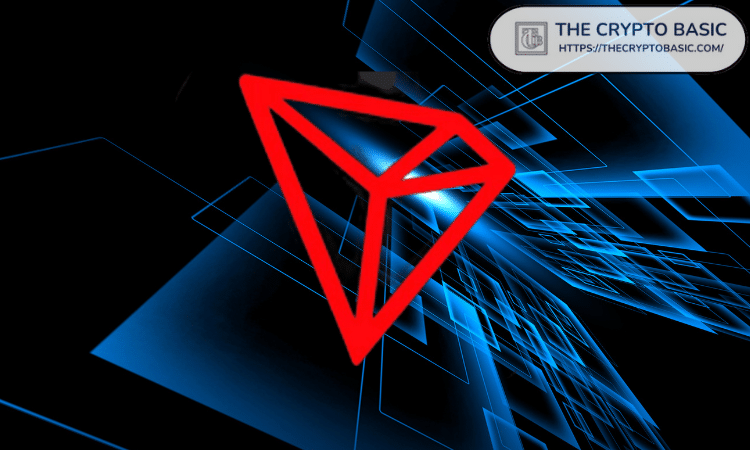Recent data from Token Terminal reveals a significant milestone for the Tron blockchain, where the transfer volume of Tether (USDT) has grown remarkably.
This growth is a proof of Tron’s increasing relevance in the stablecoin market, particularly in comparison to traditional payment systems like Visa. As of Q2 2024, Tron’s USDT transfer volume has reached approximately one-third of Visa’s annual settlement volume, proving the expanding role of blockchain networks in global financial transactions.
Dramatic Growth Over Four Years
The growth trajectory of USDT transfer volume on Tron has been nothing short of extraordinary. Starting in Q2 2020, the transfer volume was recorded at $25.2 billion. Over the next four years, this figure escalated dramatically, reaching $1.25 trillion by Q2 2024.

Tron Vs. Visa in Annual Settlements
A key comparison between Tron’s USDT transfer volume and Visa’s annual settlement volume shows the scale of the blockchain’s growth. According to Visa’s CEO, Ryan McInerney, the payment giant processed $15 trillion in transactions during FY23.
In comparison, Tron’s USDT volume in Q2 2024 alone has reached one-third of this amount.
Stablecoin Transactions Across Networks
Further analysis from Dune Analytics highlights the growth in transaction count on Tron, which surged from approximately 3 million in early 2021 to over 15 million by August 2024. This increase also points to the widespread adoption of USDT on Tron, especially for larger payments exceeding $100,000.
Meanwhile, on the BNB network, USDT transaction counts have risen even more sharply. However, unlike Tron, the majority of transactions on BNB are in the lower payment brackets, particularly those under $1,000. This contrast indicates that BNB is predominantly used for smaller, more frequent payments.
DisClamier: This content is informational and should not be considered financial advice. The views expressed in this article may include the author's personal opinions and do not reflect The Crypto Basic opinion. Readers are encouraged to do thorough research before making any investment decisions. The Crypto Basic is not responsible for any financial losses.




